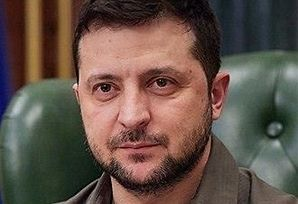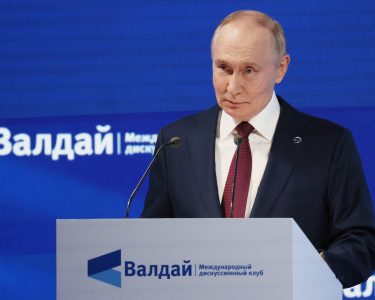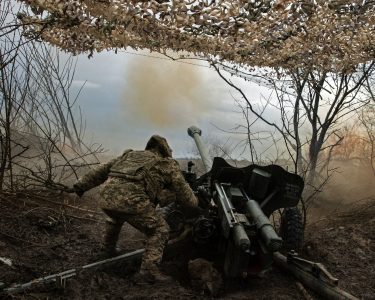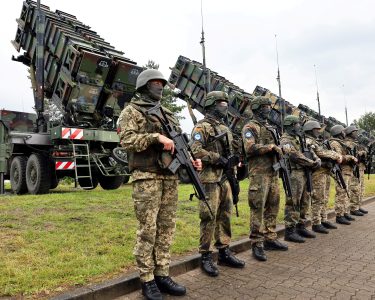Russia-Ukraine War
Major drone attacks and stalled peace talks
Summary
- Ukraine’s “Operation Spiderweb” drone strike hit 41 Russian warplanes, escalating tensions
- Russia launched massive drone and missile attacks on Ukrainian cities, killing civilians
- Peace talks in Istanbul failed to secure a ceasefire but agreed on prisoner swaps
The Russia-Ukraine war, now in its fourth year, has intensified with significant military actions and faltering peace negotiations as of June 8, 2025. On June 1, Ukraine executed “Operation Spiderweb,” a sophisticated drone attack targeting four Russian airbases, including one in Siberia, 4,000 km from the frontlines.
The 18-month-planned operation, orchestrated by Ukraine’s SBU intelligence service, used small drones hidden in trucks to strike 41 warplanes, including nuclear-capable Tu-95 and Tu-22 bombers, causing an estimated $7 billion in damage. This attack, described as a “black day” for Russia’s air force, aimed to disrupt Moscow’s strategic capabilities and signal the risks of continuing the war.
In retaliation, Russia launched its largest drone attack of the war on June 1, deploying 472 drones and seven missiles across Ukraine, followed by intense strikes on Kharkiv on June 7-8. Kharkiv’s mayor called the overnight assault, involving 452 projectiles, the “most powerful” since the war began in 2022, killing at least four civilians, including a six-week-old baby, and injuring over 60.
Ukrainian President Volodymyr Zelensky condemned these as “pure terrorism,” accusing Russia of targeting civilians. Russia’s defense ministry claimed the strikes were responses to Ukraine’s attacks on its infrastructure, with ongoing advances in Ukraine’s Dnipro and Donetsk regions.
Peace talks in Istanbul on June 2 ended without a ceasefire. Ukraine proposed an unconditional 30-day ceasefire, which Russia rejected, insisting on addressing “root causes” like NATO expansion. Both sides agreed to exchange 1,000 prisoners each and return 6,000 fallen soldiers’ remains, though disputes over lists have delayed implementation.
Russian negotiator Vladimir Medinsky accused Ukraine of stalling, while Kyiv claimed Moscow was “playing dirty games.” Zelensky urged stronger sanctions and Western support, warning that weak responses embolden Russian President Vladimir Putin.
US President Donald Trump, after a call with Putin, expressed frustration but cautioned against new sanctions, fearing they could derail talks. A US official predicted a “huge, vicious” Russian retaliation, possibly targeting Ukraine’s SBU or defense sites with ballistic missiles.
Meanwhile, Russia’s slow territorial gains in Donbas, at a high cost of nearly 1 million casualties since 2022, signal a prolonged war of attrition, with both sides leveraging advanced drone warfare. Ukraine’s innovative drone tactics, backed by $1.5 billion in US support, contrast with Russia’s manpower advantage and fibre optic drone edge.
The conflict’s escalation, with no immediate ceasefire in sight, continues to devastate Ukraine’s cities and strain global diplomacy.
